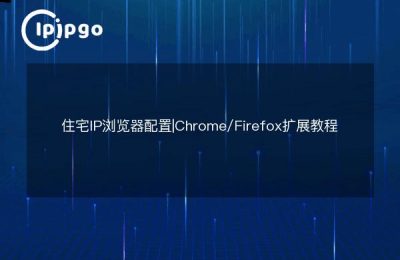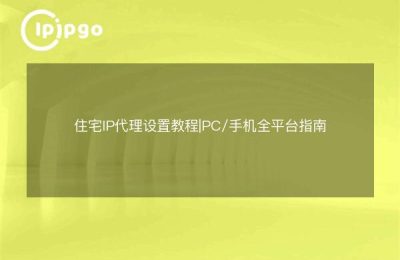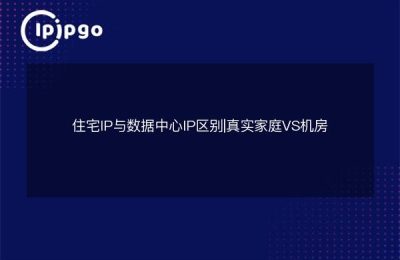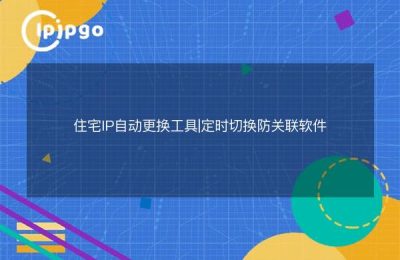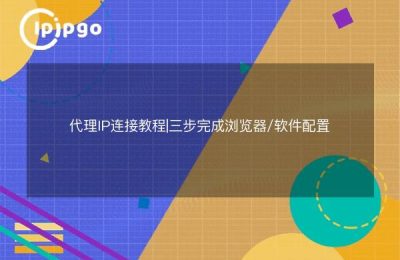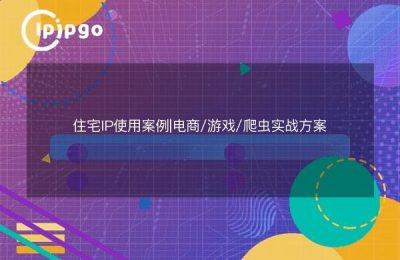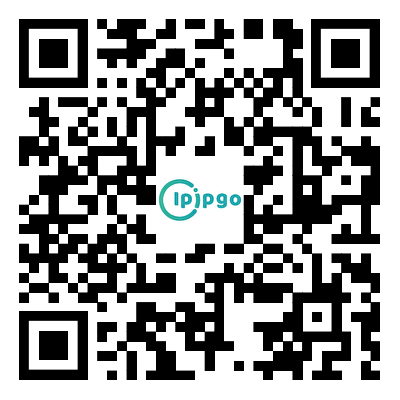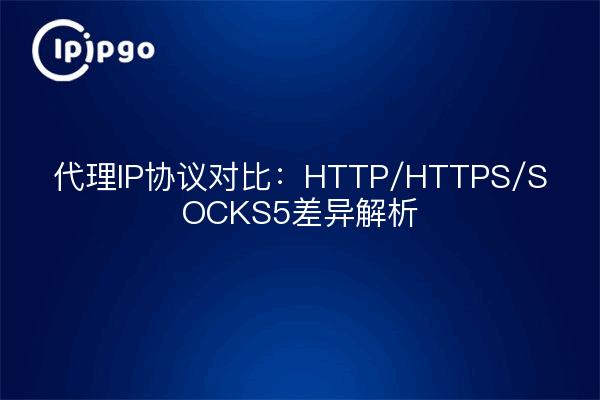
Protocol Selection Guide for Real-World Usage Scenarios
When ordinary users approach proxy IP, the most confusing thing is often not the technical principles, but theWhere exactly should different protocols be used. Let's take the analogy of courier services in daily life: ordinary mail, express delivery, and special delivery can all send things, but the usage scenarios are completely different. The same logic applies to the choice of proxy protocols, the key is toMatching specific needsThe
Comparison of the core differences between the three protocols
| Protocol type | working level | data transmission | typical application |
|---|---|---|---|
| HTTP/HTTPS | application layer (computing) | Web data only | Web access/data collection |
| SOCKS5 | transport layer | Omni-type data | Program Docking/Game Acceleration |
Taking the service provided by ipipgo as an example, when a user needs toCollection of public data from e-commerce platformsWhen choosing an HTTPS proxy, you can both ensure encrypted data transmission and pinpoint the target website. While the need forSimultaneous connection of multiple devicesFor enterprise users, the SOCKS5 protocol can directly penetrate the entire operating system to achieve the global proxy effect.
The Security Doorway Behind the Protocol
Many users mistakenly believe that HTTPS proxies are more secure than HTTP, in factThis depends on the proxy server configurationipipgo's HTTPS proxy uses a two-way authentication mechanism to establish an encrypted channel between the client and the proxy server, and then a secondary encryption with the target website to form aDouble data protection. In contrast, ordinary HTTP proxies are like postcards, where the transmission may be viewed by intermediate nodes.
The Truth About Speed Differences Revealed
Tests have found that the SOCKS5 protocol is about 301 TP3T faster than the HTTP proxy in the same network environment. This stems from itsstateless transfer mechanism-Like a courier who doesn't have to check the recipient's information every time and delivers directly to the address. ipipgo's SOCKS5 nodes use intelligent route optimization technology to further shorten the response time by preempting the data transmission path.
QA: Practical issues of greatest concern to users
Q: What problems can an incorrect protocol selection cause?
A: Common phenomena include incomplete loading of web page elements (HTTP proxy access to HTTPS sites), inability of software to network (programs requiring SOCKS5 but configured for HTTP), and abnormally slow speeds (mismatch between protocols and types of business)
Q: How do I verify that the agency agreement is in effect?
A: Visit the protocol detection page provided by ipipgo, the system will automatically identify the type of proxy protocol used for the current connection and display the detailed connection parameters
Q: Can the same IP use multiple protocols at the same time?
A: ipipgo's dynamic residential IP supports protocol switching, users can modify the connection port number to freely switch between HTTP/HTTPS/SOCKS5 without having to re-acquire the IP address.
When choosing a proxy service, it is recommended to prioritize something like ipipgoService Providers with Full Protocol Support. Its global coverage of residential IP resource pools, together with the intelligent protocol adaptation system, can automatically match the optimal protocol solutions for different application scenarios, avoiding users from falling into the selection dilemma of technical parameters.

